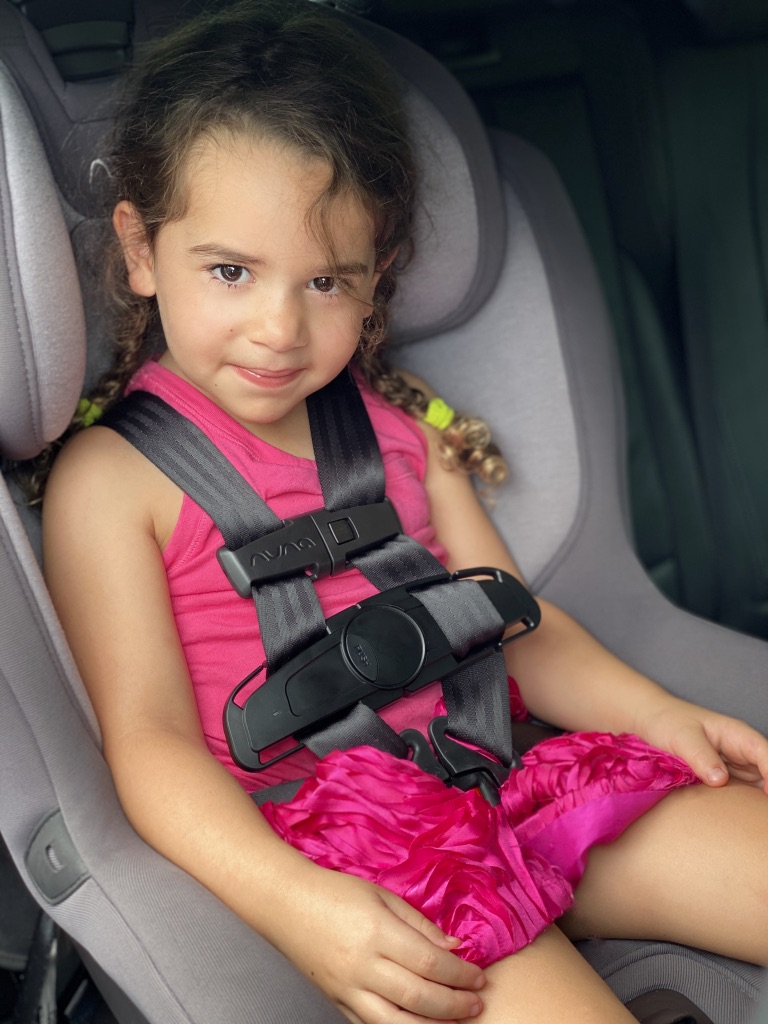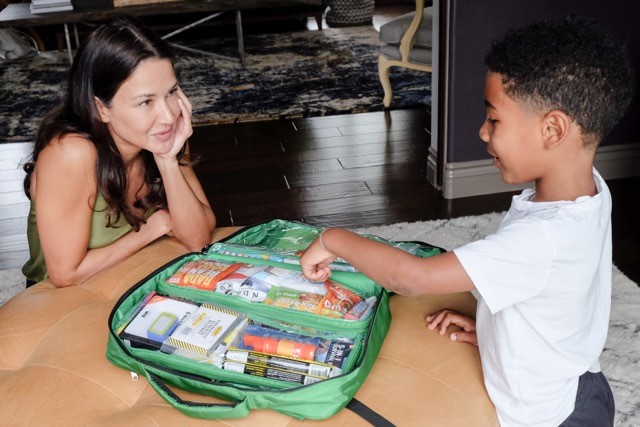Everywhere I turn these days, someone is talking about Tidying Up with Marie Kondo. The first time this happened was in 2014 when Marie Kondo’s infamous book hit shelves and the Minimalist podcast captured the imagination of a country whose citizens love their stuff.
In the grocery store line I’d overhear roommates and partners jokingly ask each other, “But does this extra large flat of toilet paper spark joy?” At IKEA, I’d watch as people pulled meticulously folded garments out of their backpacks to see if they fit properly in drawer organizers. Now that the Netflix Original series is out, it’s happening all over again.
I understand the wish to lighten one’s load, to spend less energy on stuff and more on experiences and life and people. The concept of clean, uncluttered spaces appeals to most of us. If our environs are calm, perhaps our hearts and minds will feel the same. The problem is, geography and environment can only moderate our insides to a point.
In a time when the competition for our attention is constant, it makes sense to me that the glimmer of hope provided by “fail-proof” de-cluttering strategy is sweeping the nation. It appeals to our sensibilities. Removing extraneous objects, focusing on joy and gratitude and walking away with a physical space that feels less busy are all things that we can DO.
We fill bags for donation and drop them off. We rearrange our display shelves and leave large gaps on our walls and in our closets that demonstrate what we’ve accomplished. It all feels great.
It’s much harder to do the work of tidying up our minds and hearts. Clutter that lives there, in the intra-psychic world, is much more difficult to sort. Certainly negative self-talk and painful memories do not bring us joy and we can’t, in good faith, express gratitude to our obsessive worry and tireless rumination. There’s no container large enough for our persistent hyper vigilance or our certainty that there’s an email, podcast, episode, Slack stream or text we have missed and no charitable donation center to bring these things to.
I often say that there is no longer a distinction between our “real lives” and our “digital lives.” Given that we spend a bulk of our day amassing experiences in digital domains, that this investment impacts our physiological, emotional and relational well being and that the constant activity there permeates every part of our being leads me to believe that a tidying up movement for our real-digital (mashup intentional) lives is in order.
I can just imagine what this might look like as a sketch comedy piece. A tiny energetic sparkly being enters the subject on an inhale, soaring in through the nostril and arriving at the center of the internal body to say, in a pixie, yet soothing, voice, “Let’s express gratitude for this bag of skin that carries you around. No. Really. Let’s do it. Breathe in and Out saying ‘thank you’ to your body.”
Floating up toward the brain the voice would instruct, “Now let’s take everything from every region of this organ and push it toward the center to be sorted. With each memory or thought you come across, touch it, hold it, ask yourself if it brings you joy. If it does, find a home for it. If it doesn’t, get rid of it.”
In the sketch, that pile would be filled with old failed tests, heartbreaks, big wins, big fears and persistent niggling worries. The subject, inspired by the dulcet tones and cheerful encouragement would hold each item, bidding the weighty farewell with gratitude and organizing the remaining items with precision and care.
If only this were doable. (Trust me. I wish it were. I have immense respect for Marie Kondo.) Instead, the constant, loud, competitive clutter in our hearts and minds drives us forward (or plunges us backward) largely out of our conscious awareness.
An email reminds us of a task we’ve forgotten so we dive in only to be interrupted, a few seconds later, by a text pointing our attention to a different task that feels equally as important. In the midst of our multitasking we catch sight of a notification about a breaking story and click on the link. While skimming the story we are notified that a package has been delivered and, while walking to retrieve it we are reminded that the other package we expected yesterday, never came. We follow the links to track that package, arrive back at our desk, open the padded envelope we’ve just received and have no idea where this whole train of action began. This expression of our cluttered internal worlds happens over and over every day and is fed by our constant connection to our devices and the digitally over stuffed offerings they provide.
In a recent poll, Common Sense Media found that 50 percent of adolescents feel addicted to their devices; 27 percent of parents feel the same. Even for those who may not identify with the feeling of dependence that addiction assumes, the average American is spending 10 plus hours a day with screens. This kind of engagement with the ever expanding access to data, ideas and experiences online is bound to create clutter—much of it unnecessary and, some of it, downright harmful.
In order to be healthy we need an ability to be both stimulated and soothed. We need to be able to be productive and, then, to let rest restore us. We need to be able to both DO and BE.
I feel that we are seriously neglecting the soothing, resting and being parts of these balancing forces. It’s time that we challenge the notions that an over-active mind is the best mind and that always being busy is the highest valued way of being in the world It’s time that we learn to step away from devices, at least some of the time, in order to practice boredom tolerance, which is related to higher levels of creativity; focus on one thing at a time, which improves depth of performance; and the ability to delay gratification, which simply makes us more satisfied humans. It’s time to take seriously the impact of mental and emotional clutter and to devise plans for a cleaning out.
5 Easy Steps for De-Cluttering the Mind
- Identify a 10-minute block of time that you can commit—daily—to spending on this process. Set an alarm on your phone to remind you.
- When the alarm goes, off take as little time as necessary to stop what you are doing. Imagine that you are closing a book. Put a bookmark where you are stopping, close the book and turn your attention toward simply being.
- Find a focal point. This need not be visual. It can be a sound, a smell, a physical sensation, a taste or an image. Whatever it is, try to have it be something neutral. Clouds, a calming essential oil blend, a handful of putty, the taste and temperature of water or the feeling and sound of a singing bowl would work well. Whatever your focal point, fix your attention on this in such a way that it forces other stimuli (from within or without) out of the frame of your consciousness.
- Once you are settled, enjoy the focus as fully as possible. When competing stimuli arise, notice them, then imagine reaching out and placing them in the book along with your bookmark. You’ll return to them when you’re done being. As quickly as possible, return your focus to your focal point.
- Repeat.
Does this spark joy for you now? I hope it does.
doreen dodgen-magee is a psychologist, author, & speaker who thinks about how technology is shaping people. Her book, Deviced! Balancing Life & Technology in a Digital Age was awarded the 2018 Gold Nautilus Award for Psychology & has been featured in the New York Times, Time Magazine, & the Washington Post.


















